Giving new life to Nepali music (and musicians)
Imagine listening to the late music maestro Narayan Gopal’s recordings on high quality stereo vinyl. The sound of the yesteryears captured and reproduced in the most primitive of the formats where the whole ‘analogness’ of the music is preserved. Now imagine not having to scrounge through other people’s collections or antic shops to buy them. Instead, you could have them with the click of a button or find them at a convenient spot near you. That’s exactly the intent of the Wild Yak Records—an initiative of three friends who connected with each other through their common love for vinyl and music. Sushil Koirala, Kiran Byanjankar and Neeraj Prasad Gorkhaly are the men behind the Wild Yak Records, its inception made possible by their common love. They are spread across the globe—Koirala is a public health professional based in Bangkok, Byanjankar is a restaurateur in Chicago, and Gorkhaly is a scientific policy advisor in Washington DC. What also brings these men, all in their early 40s, together is their common root as the rebellious “thrash metal” generation of Kathmandu in the early 90s.

Kiran Byanjankar
The seeds of the WYR were planted when Koirala found an entry of a Narayan Gopal record in an online vinyl marketplace a few years ago. He sent an email to the owner asking if he wanted to sell the record. “You will probably have to dig it from my grave because I am going take it with me,” was the reply he got. So he thought, “What if I could produce it myself?” That is why he first made contact with Gorkhaly.
Koirala then took up the task of digging through information in Kathmandu for the analog media and the rights for Narayan Gopal’s music. Finally, he got in touch with Music Nepal, which owned the rights, sourced the tape, and signed a license agreement.
During the search, Koirala and Gorkhaly were both surprised with the neglect of the original analog source of Nepali timeless classics. They then decided to take it a bit further and continue looking for the media and preserve it. Now all that they needed was a “co-conspirator” for their company. “The funny thing was, we needed to find an investor for a project that is likely to lose money,” Koirala says. Gorkhaly then mentioned his Chicago-based friend, with a tagline that “there is someone I know who would do anything for Nepali music”, and that’s how they found Kiran. After many hours of Facetime and after discovering their mutual passion for Nepali music, the trio eventually established the WYR in Chicago in 2018. The company is now legally registered in Nepal.
While the WYR was started to find, remaster and preserve classic Nepali music in analogue format and fund future projects via sale of vinyl records, the team discovered a gut-wrenching truth about the state of Nepali music. “With the growth of internet, musicians get a lot for exposure and an inexpensive platform to share music. But we also learned that it is impossible to monetize [earn profits] from platforms like YouTube, streaming services and sale of music for the vast majority of them,” Koirala says. “The online systems are designed in a way so as to favor big companies and big artists.”
The WYR then thought of a platform to support the sale of their music, in what would be a “fair-share” approach for the Nepali market. Yakspin.com will make it easier for music fans to support the musicians by directly buying their music. It will also allow musicians to make money so that they can focus on creating more quality music and continue to entertain us all. The WYR is currently working with local partners to create online payment gateways so that Nepalis can pay from their phones and purchase music right from their homes. The fully digital online marketplace will most likely be launched by September-end.

Sushil Koirala
The WYR’s goal is to be self-sustaining after some initial investments by the owners. Again, the priority is not making money but helping Nepali musicians and saving our classic music.
Apart from making vinyl records and creating a platform for Nepali musicians to sell their music, the WYR is also producing music for new and upcoming artists. As co-owners of the company, their preferred choice is to produce what their ears like—namely metal, rock, punk, jazz and funk albums. Not that they will not produce other kinds of music; it’s just that they want to maintain the right balance and see no point of working on albums they do not enjoy themselves. They also have a soft spot for original Nepali folk music.
(The first batch of a limited 300-copy records of Narayan Gopal will be ready for shipment on December 5, the Narayan Gopal Remembrance Day. It will be available for pre-sale and will be shipped globally through the US postal system) .
The rickshaw-pullers of Kathmandu
Krystel Hountchegnon from Paris loves Kathmandu’s rickshaws. It has been only 15 days in Nepal and rickshaw is already her favorite means of transport. I catch up with her at Basantapur, after she has just disembarked from a rickshaw. After she pays for the ride from Thamel (all of Rs 150), I ask her why she chose the rickshaw over other means of transport. “They are convenient, environment-friendly and affordable,” pat comes the reply. Did she say cheap? “Don’t you think Rs 150 from Thamel to Basantapur is reasonable? “After all, it’s tough work.” But for many this price is still too high. (The rickshaws charge as much as Rs 300 for the same route.)
These colorful rickshaws are to be found in Kathmandu’s narrow alleys—the ‘slow’ vehicles are banned from the main roads—and are mostly used by foreign tourists. Tourists opt for them as they get to see Kathmandu up close and beat the traffic jam on these three-wheelers.
The president of ‘Akhil Nepal Rickshaw Sangathan’ Damber Rana, who himself pulled a rickshaw from 2000 to 2006, speaks of a dwindling business. “Most local people now have their own scooters and bikes. Those who don’t take taxis or buses,” he says. Moreover, when they hear the cost of traveling in a rickshaw, most say they would rather walk. “Inflation! What can we do?” asks Rana. Even though they supposedly charge high fares, most rickshaw-pull-ers earn just around Rs 1,000 a day.
Rana recalls the time he worked as a rickshaw-puller when he used to earn about Rs 600 a day, “which was enough. Back then a kilo of rice cost Rs 12. Now the same rice is priced Rs 80.” With their meagre earnings, many rickshaw-pullers opt to go abroad, adds Rana.
Prem Tamang did the opposite. He has been operating a rickshaw after coming back from Malaysia two years ago. “I went to Malaysia hoping for a better future but it was a hard life there,” says Tamang. As he was work-ing as a rickshaw-puller before going abroad he found it easy to take up the job again. Back in Nepal, after paying Rs 150 to the rickshaw owner, he is left with around Rs 600 a day.
The inner alleys of Kathmandu are bumpy, adding to the woes of the rick-shawpullers. “I am just 44 but I know I look older. Many rickshaw-pullers start having back aches earlier than usual and these bumpy alleys are damaging on the rickshaws as well,” Rana says.
In Kathmandu, there are around 150 rickshaws which carry passengers. Another 1,130 are used for carrying luggage. Apart from that, there are 16 electronic rickshaws. Rana says that in Nepal, which imports billions of rupees of polluting petrol and diesel every year, investing in the clean rickshaws make sense.
Hountchegnon from France likes rickshaws also because she finds the rickshaw-pullers nice and knowledgable. They also know enough English to suggest where to go and what to buy. Back home in Paris there are also rickshaw-like vehicles, but seldom does Hountchegnon take them. Why? “Because in Paris I know my way around.”
Now trending
In the time before we all had smart phones, photography was an art. Sure, we probably had small cameras. But we recognized that the ‘professionals’ had better equipment, and had the eye and patience to set up a photograph and get the lighting right. Care was taken in every shot, love was put into every print. I know quite a number of these old-school photographers. Colin Baxter, the renowned photographer of Scottish landscapes, did contract photography for the company I worked for in Scotland. That was in the days before his own love of landscape and Scottish scenes grew into postcards, calendars, posters, and books for which he is now known around the world. Jill Gocher is a Bali-based Australian photographer. Having lived in Nepal in the early 2000s her passion then was Tibet and Tibetan faces. I have three of her photographs hanging on my wall. All featuring Tibetan nomads.
I just found out this month that the photographer, Iain Macmillian, who shot the cover of the famous Abby Road Beatles album, was from my hometown of Carnoustie, Scotland. I didn’t know him but think that deserves a mention here! And there are the fantastic photographers in Nepal. These include (late) Juju Bhai Dhakhwa whose work in the 1960s was mainly of friends, family and neighbors around his home in Nagbahal, Patan. A time capsule of life in that era. Then of course there is Mani Lama who has been a photographer in Nepal for more than 40 years and winner of various awards.
But it’s not these photographers I want to talk of today. I want to talk about YOU. You, the ‘professional’ (who is getting paid) and you, the wannabe professional, and you, the Facebook and Instagram posters. The photographers of the past, and those who still work with respect for the subject, are unobtrusive; knowing the best shots are often candid. And with the knowledge they are there to record the fact, event or scene, do not prevent others from enjoying the same! The modern ‘photographer’ by contrast seems to think he has exclusive right to any event happening.
Yes, he (usually a he) has been paid by the organizer to take photographs or film of the event. But in doing so he does not seem to apply any common sense and realize that while he is a paid part of the organizing team, the audience has paid (or given their time) for the privilege to be there as a guest. What happened to the saying “guest is god”? As the guest, or audience, I have a really hard time understanding why the photographer/videographer needs to be right in front of the stage at all times.
Last year at an open air event in Boudha, at one point there were three film crews (I think local TV channels) ON the stage. At the same time! We the paying audience could not see the performers for the cameras! Why not, since you know you are going to be covering an event, check out the place beforehand and work out where you can get the best shots while not blocking what the audience has come to see. Which is definitely not you!
Then I come to Instagrammers. There are now at beauty spots around the world signs telling us where to stand for the best selfie. It’s hilarious that pictures of marvellous landscapes show nature at its best, while on the other side of the camera are dozens of wannabes waiting their turn. Or worse still, features are added. Look up Penataran Lempuyang (Gates of Heaven) Temple in Bali. No lake there. But mirror like water is added, I assume on an app, to give the gates their supposedly more photogenic appearance.
So, in brief, because I could say more, be considerate when taking photographs and pleeeaase, ancient architecture needs no app to make it look stunning!
Are you up for intermittent fasting?
We complain about the size of our waist, the fat in our belly, about feeling lousy and sleepy the entire afternoon while simultaneously munching on a packet of chips or chocolates. “I cannot diet but I want to lose weight” has become a familiar refrain. Our hectic lifestyle leaves us with little time for thinking carefully about the food we eat and its nutritional value. But the problem is that one cannot have a good physique while binge eating at the same time. Regular exercise, yoga, meditation, and a sensible eating habit contribute to a good figure and health.
For those who cannot stick to various diets (Keto, low-carb, vegan and what not), intermittent fasting could be an ideal way to lose weight and get the body you want. It isn’t very complex, and can easily fit into your work schedule.
Healthline.com defines intermittent fasting as “an eating pattern where you cycle between periods of eating and fasting. It does not say anything about which foods to eat, but rather when you should eat them.” It is a dietary method that is widely practiced in the western world and has recently started gaining recognition in Nepal. Four individuals who have tried it shared their views on the entire process and their journey to weight loss.
Age an important factor
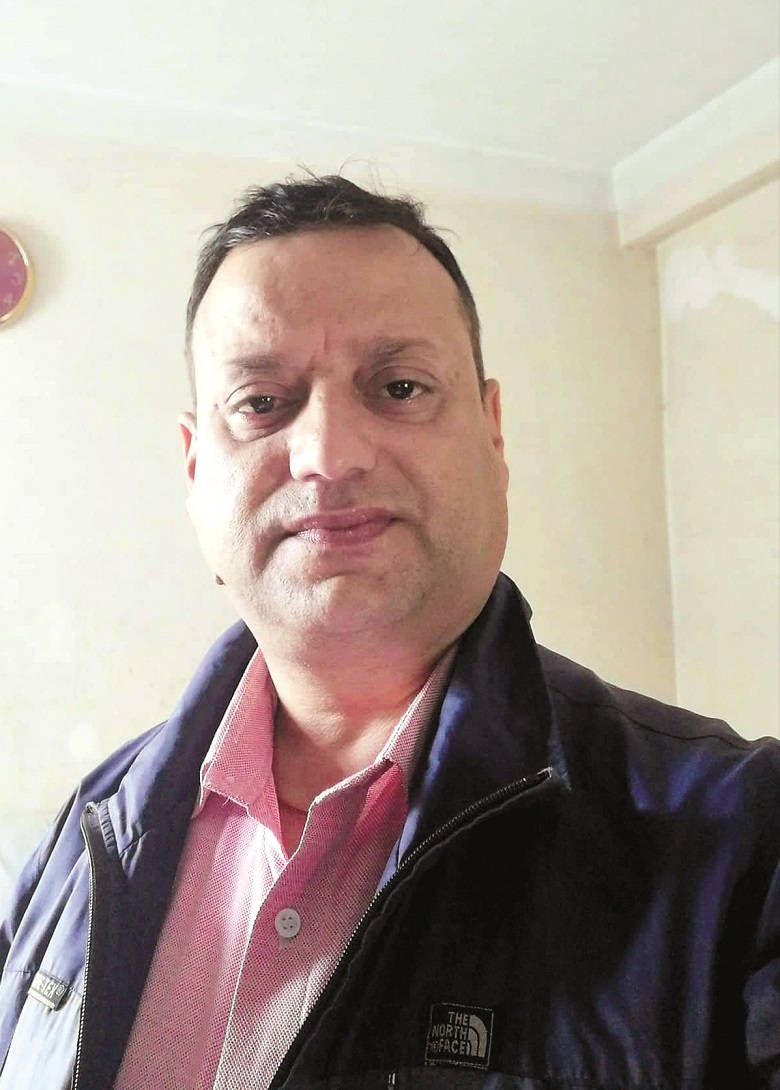
Suraj Subedi, 43 years, Managing Director at Samriddhi Trading Enterprises
The first thing that came to my mind when I realized my bulging tummy did not let me wear my old clothes was that I needed to start dieting. But being a Nepali and having little self-control over spicy and tangy food, I couldn’t keep up with any other diet routine and decided on intermittent fasting. I practiced it for about two months during which I also jogged daily. But the results were a bit disappointing. I’m not going to lie—that may be due to my inconsistency and some days when I cheated.
But then I also think age was an important factor. Had I done it in my early 20s, I think the results would have been much better. My 10 am to 6 pm eating schedule did help me lose some 3-4 kg in three months, but I wasn’t satisfied enough to carry on with it.
Recommend it to everyone
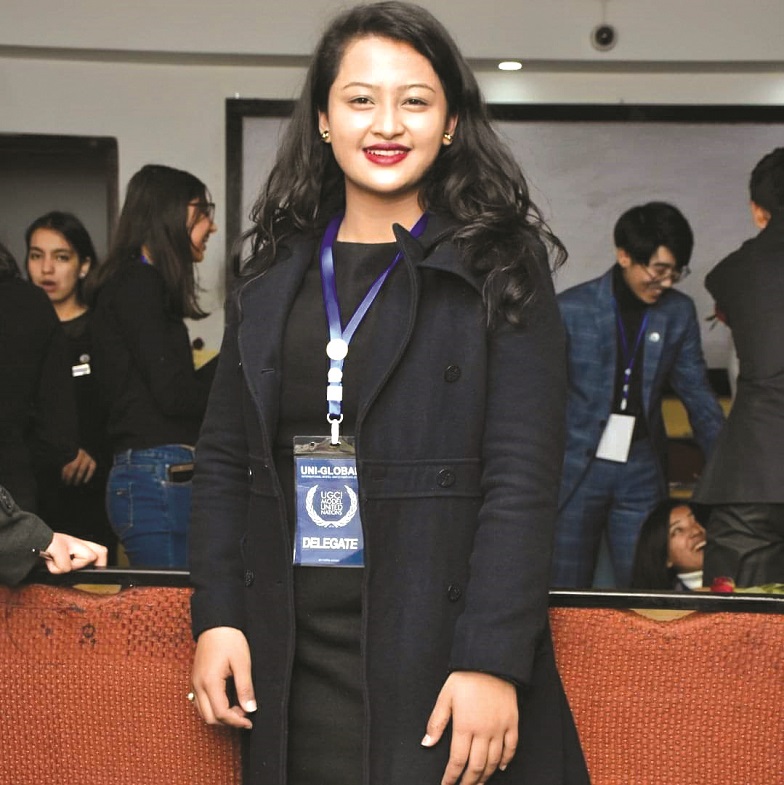
Spriti Shakya, 19 years, Student
I have been following intermittent fasting for about two months now. My routine is simple; I eat between 10 am to 6 pm. I’ve lost about six kg and I’m quite happy with the result. Since it has worked for me, I’d recommend it to everyone. It limits people’s calorie consumption and helps them build a healthy eating habit. It’s not very difficult to adopt, with just a slight change of an hour or two in the regular Nepali meal routine. I plan to continue with it for better results.
Inconvenient and inflexible
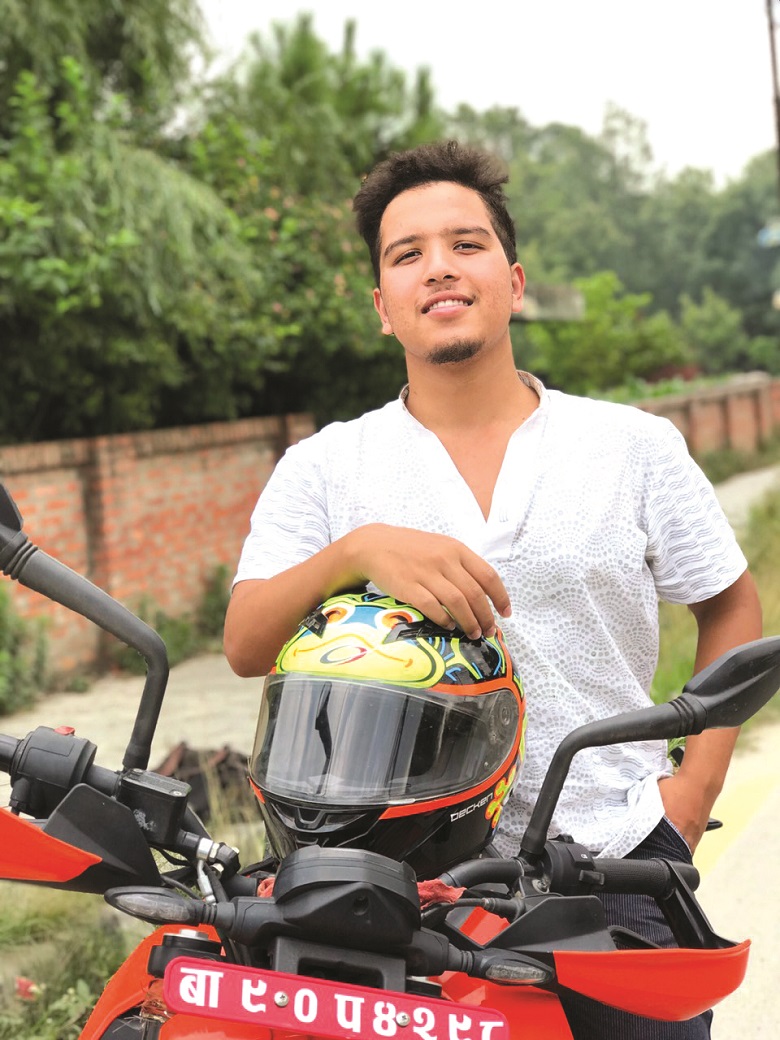
Sakshyam KC, 17 years, Student
I practiced intermittent fasting for about six months. I was extremely fat. No, I wouldn’t call it healthy. I thought it was high time I did something about it. That’s when I started my intermittent diet. I would take a cup of black coffee without sugar at six in the morning and then eat lunch at 1. That was my only calorie intake for the entire day. I did lose 25 kg, but the weakness and dizziness I felt are a different story. I wouldn’t recommend this schedule to anyone because it’s inconvenient and inflexible.
Not up to expectation
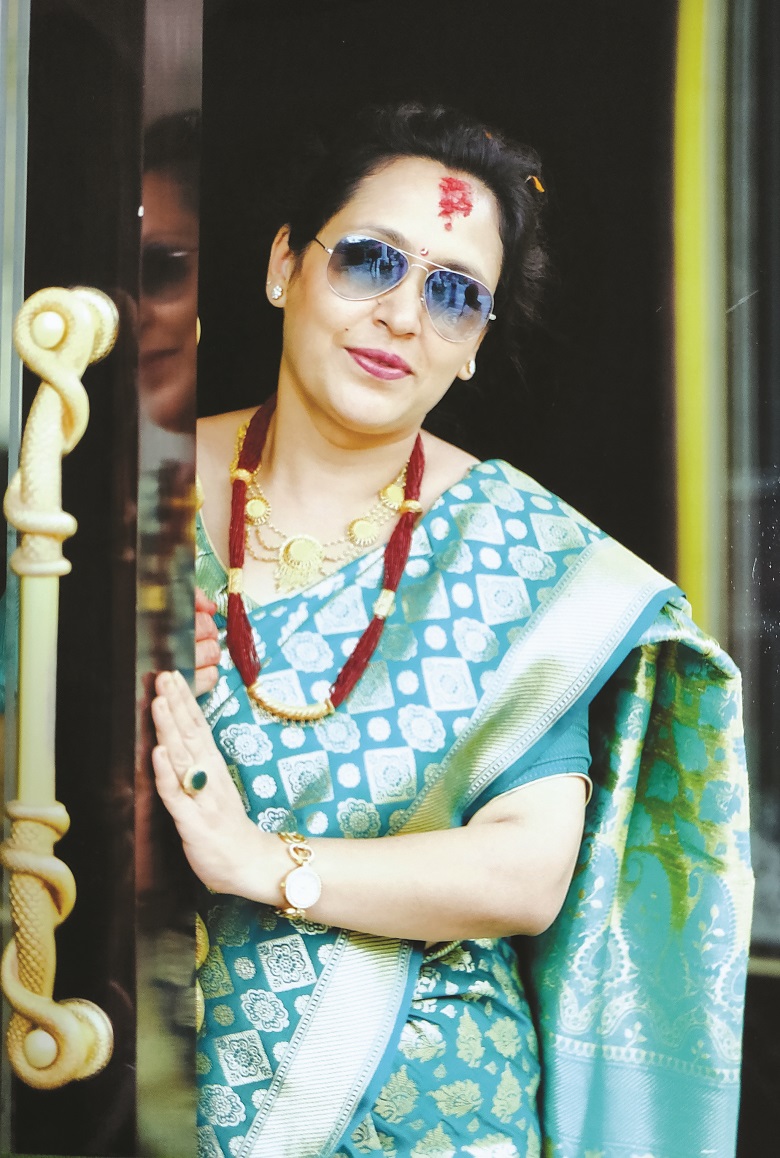
Jyoti Shrestha Manandhar, 45 years, Freelance interior designer
My husband and I started intermittent fasting together, but the results were different. Maybe I did not stick to it as firmly as he did. My eating schedule was limited to an eight-hour window during a single day. The results weren’t quite up to my expectations but I did lose some 4 to 5 kg in three months. My husband lost as many kilograms in just one month. It was not very difficult for me as I did not have to make too many changes in my eating habit, but other practitioners might find it harder. Yes intermittent fasting can be an effective way to reduce weight, although it might take quite a long time.
These conversations with people of different ages and sexes raise as many questions about the effectiveness of intermittent fasting as they answer. In order to help me understand it better, I talked to Dr Binita Panta, a certified nutritionist and a dietitian who works at Alka Hospital in Lalitpur.
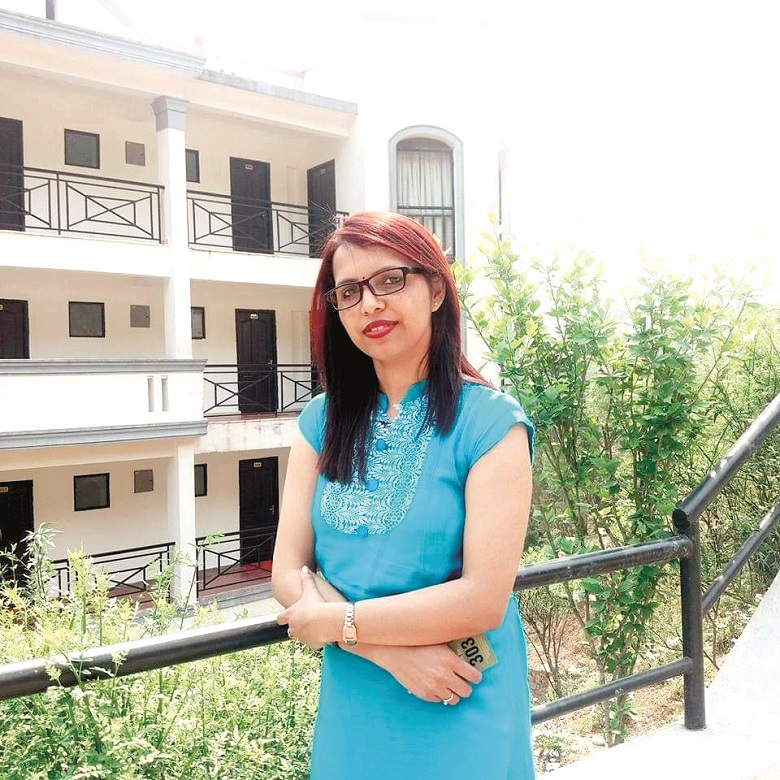
Dr Binita Panta, Nutritionist and a dietitian, Alka Hospital
“I’ve read a couple of articles on intermittent fasting and tried to write one myself. I wanted to base my observation on at least 10 to 15 participants, but the number of Nepali patients willing to try it is minimal. I could only convince one patient to try intermittent fasting, but even he left it mid-way because it was inconvenient for him,” she said.
Dr Panta added that the patient was successful in reducing his blood sugar level without the use of additional medication. But the patient complained that he felt weak during some hours, which the doctor thinks could be psychological.
Dr Panta stressed that in spite of some benefits that intermittent fasting offers, regular exercise and a balanced diet are the key to healthy metabolism and weight maintenance. “I used to run a slimming center and we encouraged members to eat a healthy diet. They got all the nutrients they needed from 1,400 calories a day and did an hour of Zumba dance. This method yielded excellent results, with some people losing up to 10kg in a month.”
According to the doctor, differences in the results of intermittent fasting are accounted for by people’s age and metabolism. People with diseases like diabetes, Polycystic Ovarian Syndrome and hypothyroidism already have low metabolism. Hence it’s very difficult for them to burn body fat and convert it into carbohydrates. In such cases, practicing intermittent fasting can lead to further complications in metabolism, leading to hyperglycemia. As such, these types of fasting are only beneficial to young people without medical issues. So before you begin a new diet regime such as intermittent fasting, you might want to consult a physician or a dietitian. Happy eating!



















